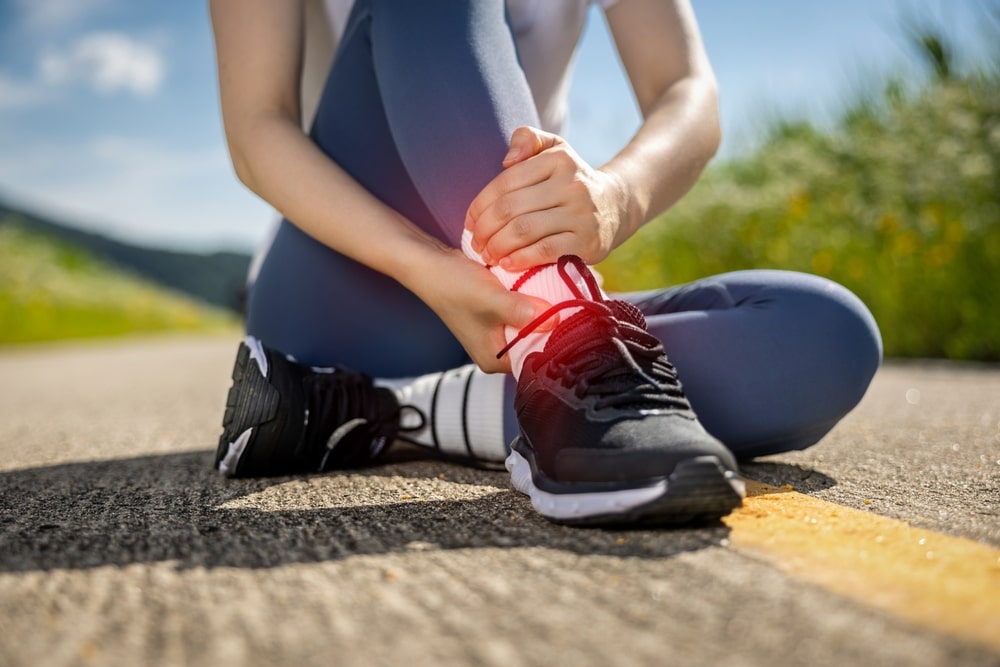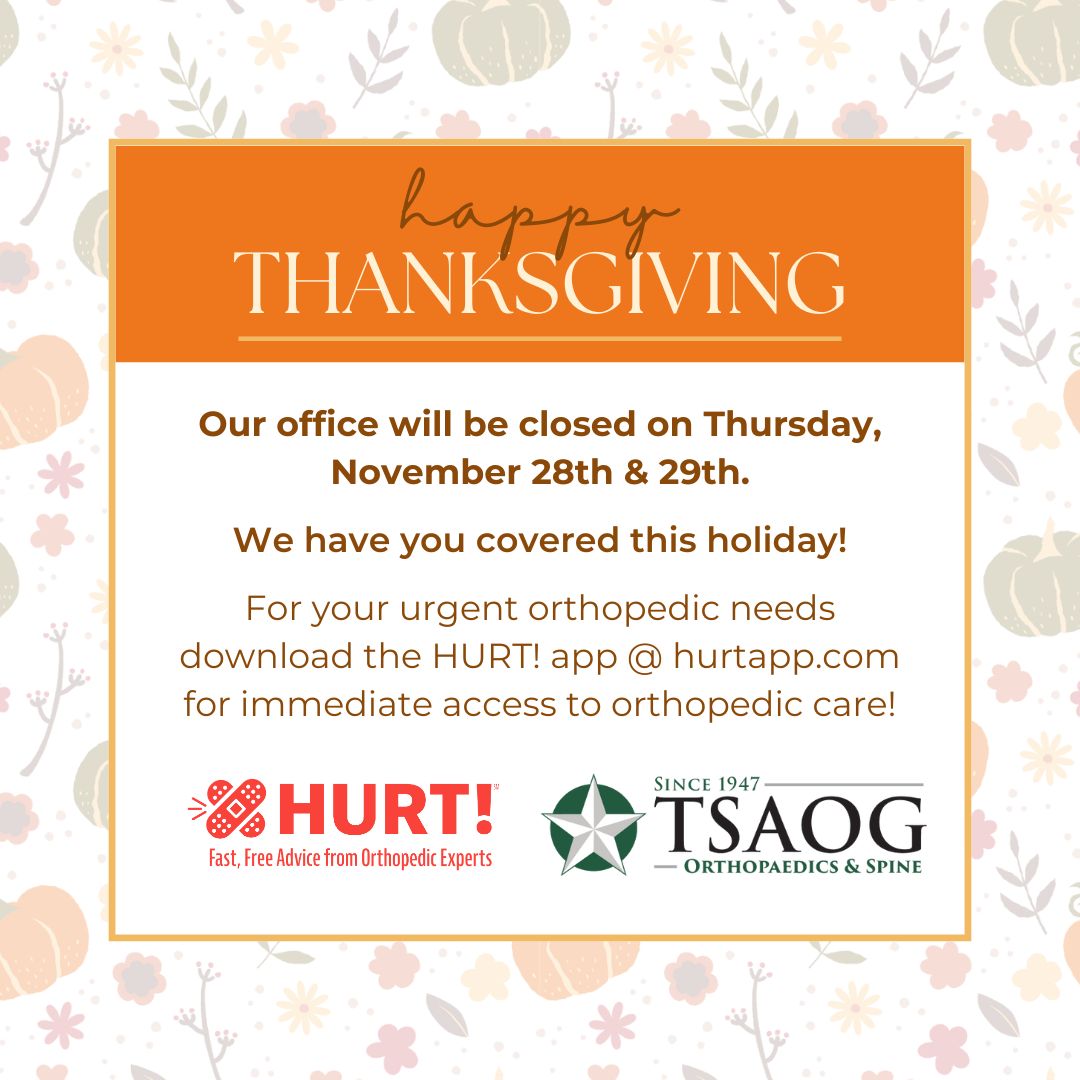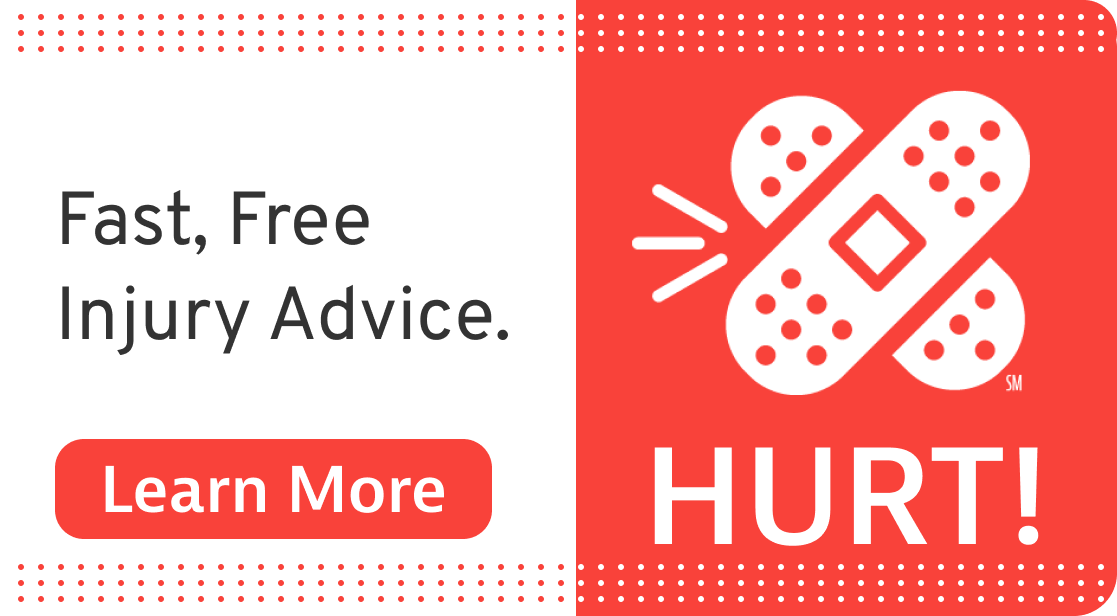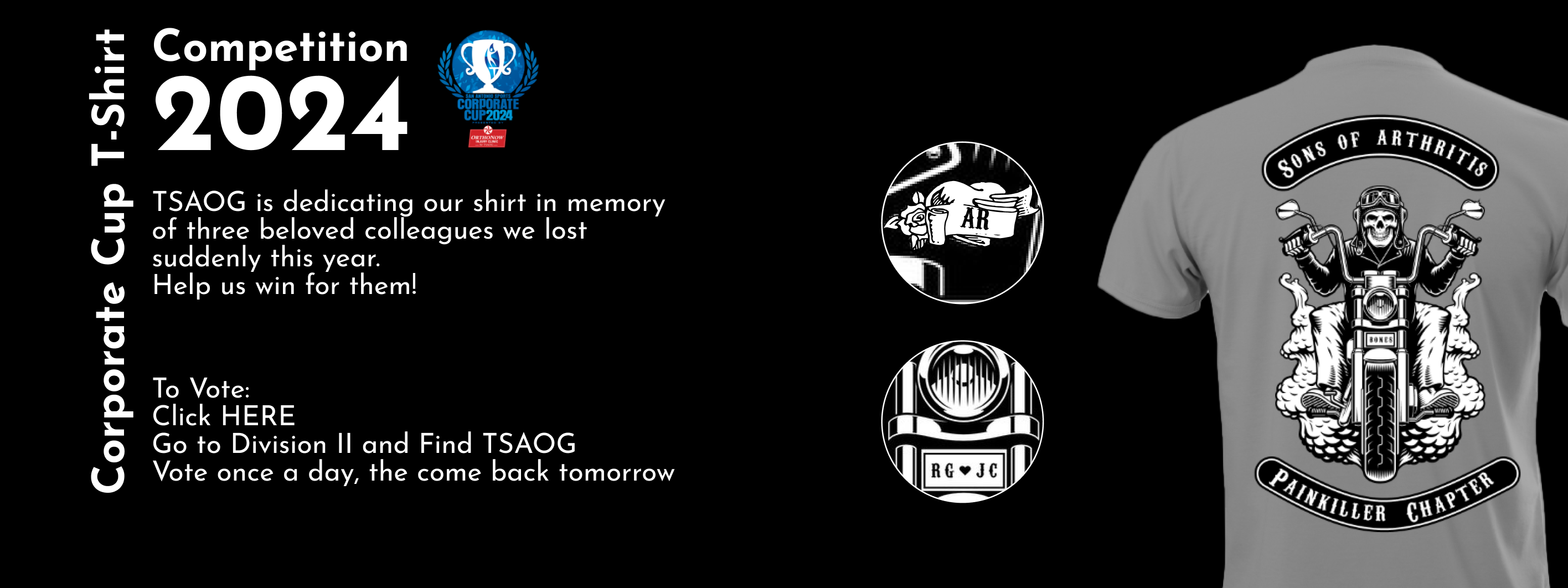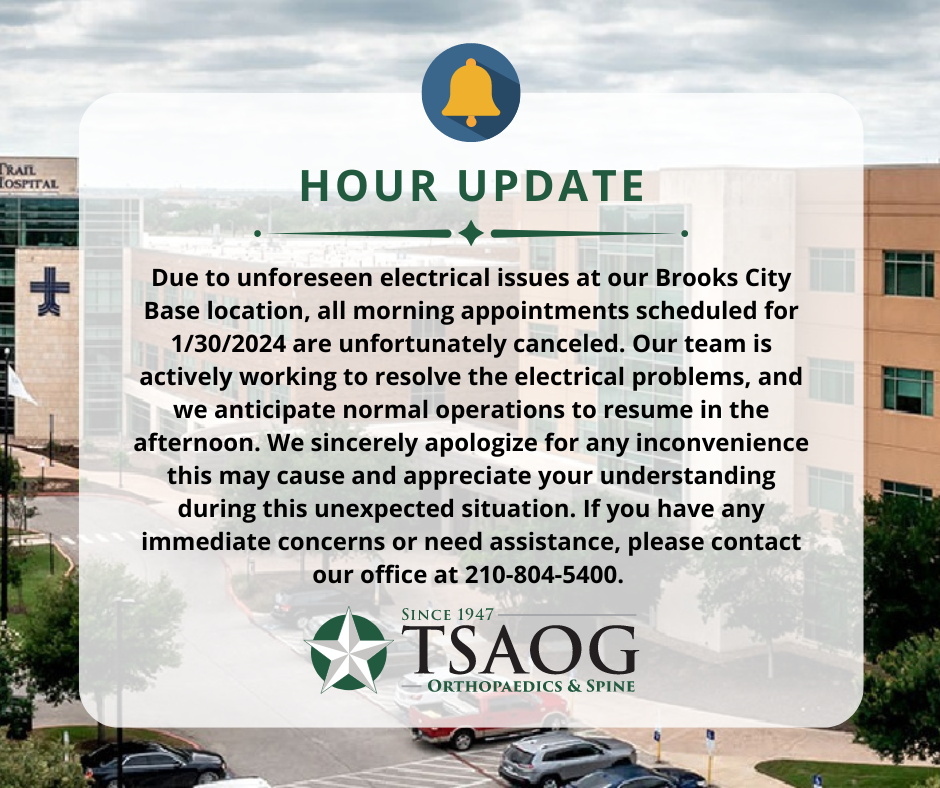Injuries happen unexpectedly. It’s not always clear whether you need to rush to the emergency room or wait to see an orthopedic specialist. Understanding when to choose one over the other can prevent unnecessary ER visits and ensure you receive the best care. When in doubt, especially after hours, the HURT! app offers free advice, guiding you to the right decision.
When should I go to the emergency room for an orthopedic injury?
Certain injuries require immediate attention that only an ER can provide. Here are scenarios where a trip to the emergency room is necessary:
- Severe Trauma: Injuries from major accidents, such as car crashes, falls from significant heights, or direct blows to the body, should be evaluated immediately in the ER. These situations may involve internal injuries, head trauma, or multiple fractures that require urgent medical attention.
- Open Fractures: An open or compound fracture is when the bone breaks through the skin. This is a medical emergency because of the high risk of infection and the possibility of significant blood loss. Immediate care is necessary to stabilize the injury, clean the wound, and prepare for possible surgery.
- Uncontrolled Bleeding: If an injury results in heavy bleeding that cannot be controlled with direct pressure, it’s crucial to seek emergency care. Excessive blood loss can lead to shock which is a life-threatening condition requiring immediate treatment.
- Suspected Spinal Injuries: Any back or neck injury should be treated as an emergency. Spinal injuries carry the risk of paralysis and other serious complications, so it’s vital to seek immediate evaluation and imaging in the ER.
- Inability to Move a Limb: If you experience sudden immobility in a limb, especially after trauma, it could indicate a severe fracture, joint dislocation, or nerve damage. The ER can provide the necessary imaging and immediate treatment to prevent further harm.
In each of these scenarios, time is of the essence. The ER has the resources to manage complex injuries quickly with a level of care that can prevent long-term complications.
When should I seek an orthopedic doctor for an orthopedic injury?
Visiting an orthopedic doctor is often the most appropriate course of action for less urgent orthopedic issues. Orthopedic specialists are trained to diagnose and treat musculoskeletal conditions. Here’s when you should consider scheduling an appointment with an orthopedic doctor:
- Chronic Joint Pain: An orthopedic specialist should evaluate persistent pain in joints such as knees, hips, shoulders, or elbows that doesn’t improve with rest or over-the-counter medications. Conditions like arthritis, bursitis, or tendonitis can benefit from the focused expertise of an orthopedic doctor. These specialists can provide targeted treatments to manage pain and improve mobility.
- Sprains and Strains: Mild to moderate sprains and muscle strains, common in sports and daily activities, typically require the specialized care that an orthopedic doctor can provide. While these injuries may not need emergency intervention, proper diagnosis and treatment can ensure a full recovery.
- Fractures: Not all fractures require a trip to the ER. Stable fractures, where the bone remains aligned, can often be treated by an orthopedic doctor. This might include casting, bracing, other non-surgical interventions like physical therapy, and follow-up care to monitor healing.
- Sports Injuries: Injuries sustained during sports that impact performance but don’t involve severe trauma, such as ACL tears, meniscus injuries, or rotator cuff tears, should be evaluated by an orthopedic specialist. These doctors can offer various treatment options, from physical therapy to minimally invasive surgery, to get you back in the game.
- Recurring Pain After an Injury: If you’ve had an injury that seems to linger, flare up, or hasn’t fully healed, it’s time to consult an orthopedic doctor. They can identify any underlying issues preventing recovery and develop a treatment plan tailored to your needs.
Orthopedic doctors provide focused, specialized care to help manage long-term recovery.
I need an orthopedic appointment ASAP, but they’re not open today?
This is where virtual orthopedic consultations become invaluable. Think of it as having a medical professional on call, 24/7, ready to assist you whenever you need.
With the HURT! app, you can connect with an orthopedic expert within minutes, right from the comfort of your home. The app provides immediate, professional advice on a wide range of orthopedic concerns.
Key Features of the HURT! App:
- Free Access: The app is free to download and use, offering expert advice at no cost.
- User-Friendly: The intuitive interface lets you quickly and easily connect with specialists.
- 24/7 Availability: Access orthopedic advice any time, day or night, including holidays.
- Avoid Unnecessary ER Visits: Get accurate guidance to avoid going to the ER unnecessarily.
Get Free Orthopedic Advice After Hours From the HURT! App
TSAOG Orthopedics and Spine partnered with the HURT! app to provide FREE, virtual after-hours access to orthopedic specialists. We’re here 24/7, 365 days a year, and are ready to connect you with the right orthopedic care.
Don’t wait until an injury happens. Download HURT! now for free, fast, virtual access to orthopedic specialists.

